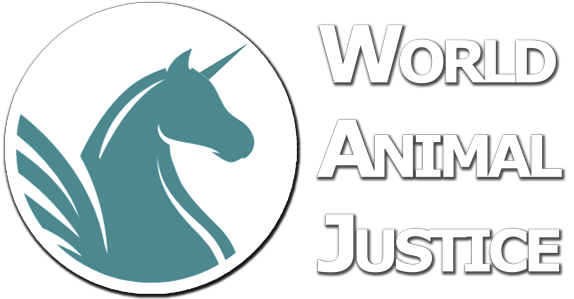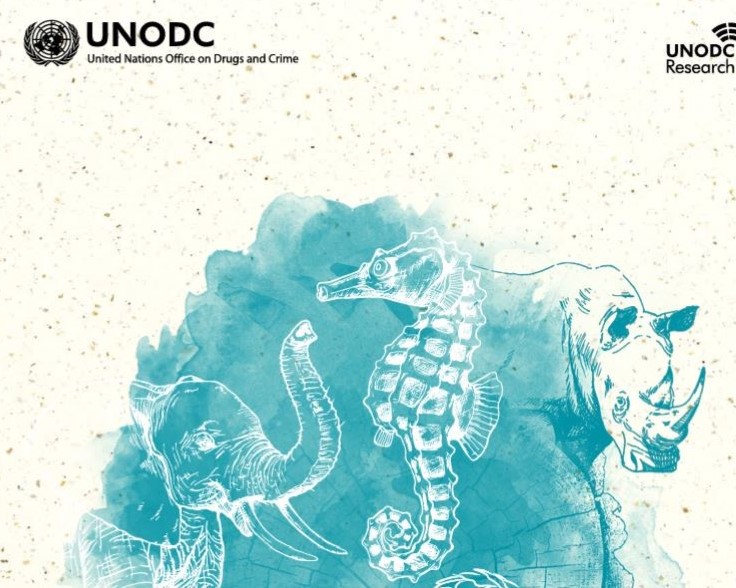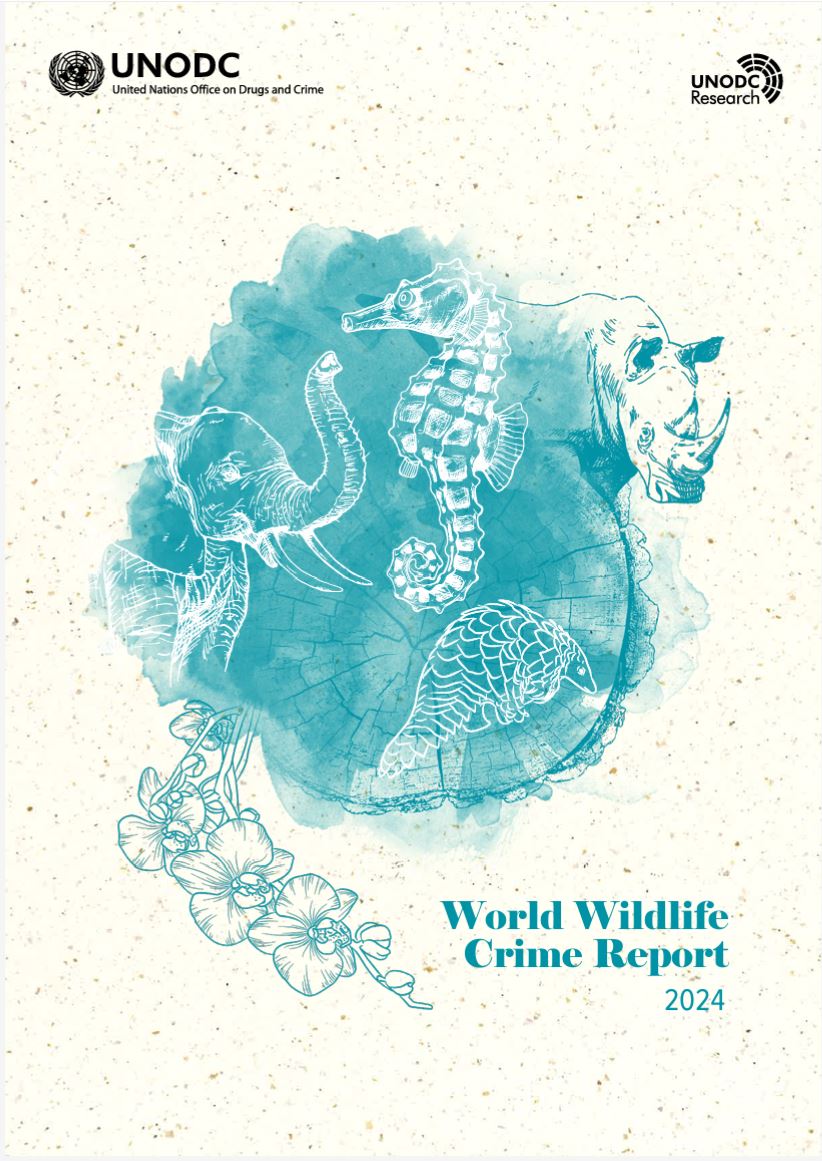The report by the United Nations Office on Drugs and Crime (UNODC), released in May 2024, underscores the ongoing and significant threat posed by the international crime of wildlife trafficking despite extensive efforts over the past decades. This analysis delves into the persistence of wildlife trafficking, its implications, and the obstacles in the current regulatory system that allow this illicit trade to flourish.
Historical Context and Economic Drivers
Wildlife trade, both legal and illegal, has deep historical roots but saw a significant expansion in the 20th century.[1] This growth was driven by global market interconnectivity and a surge in demand for wild species, making their trade highly lucrative.[2] Legal trade channels, constrained by economic, social, conservationist, and environmental factors, could not keep pace with demand, opening the door for illegal trade.[3] The financial incentives are substantial; for instance, rhinoceros horns can fetch between 50,000 and 70,000 euros per kilogram, exceeding the value of cocaine or gold.[4] Annually, wildlife trafficking is estimated to be worth up to 23 billion dollars.[5]
Global Ramifications
Illegal trade in wildlife has profound global ramifications. Large-scale poaching depletes populations of endangered species and disrupts ecosystems by removing key predators. This not only threatens biodiversity but also has cascading effects on ecosystem stability.[6] Additionally, the uncontrolled importation of wild specimens poses serious health risks by facilitating the spread of infectious diseases among humans and animals.[7] Wildlife trafficking also undermines international security and political stability, with the United Nations General Assembly recognizing its role in financing criminal networks, including militias and armed rebel groups.[8] Economically, the illegal trade creates parallel markets that evade government taxation, with a World Bank report estimating an annual loss of $7–12 billion[9] in potential fiscal revenues due to illegal wildlife trade.
Regulatory Framework and Its Shortcomings
Despite the establishment of the Convention on International Trade in Endangered Species of Wild Fauna and Flora (CITES) in 1973, aimed at preventing international trade from threatening species’ survival, wildlife trafficking remains rampant. The UNODC report highlights the scale of this issue, noting the seizure of 3,250 out of 4,000 species listed in the CITES appendices across 162 countries and territories from 2015 to 2021.[10] Several factors contribute to the persistence of wildlife trafficking:
1- Corruption and Weak Legislation: Corruption and lax legislation in many states fail to deter traffickers. The high value and low risk associated with wildlife trafficking make it an attractive criminal enterprise. Many states have insufficient sanctions, allowing traffickers to operate with minimal fear of significant consequences.
2- Fragmented International Framework: The global legislative landscape is fragmented, with significant disparities between stringent and lax regulations. This dissonance creates a porous international framework that hampers effective enforcement and coordination. Traffickers exploit these inconsistencies by rerouting their operations to regions with weaker enforcement, circumventing stringent laws in other areas.[11] For example, beginning approximately in 2018, a string of legal actions aimed at elephant ivory traffickers in East Africa seems to have led illegal traders to change their strategy, opting instead to export ivory from a different region entirely on the continent.[12]
3- CITES Provisions Loopholes: Specific provisions within CITES inadvertently create opportunities for illegal trade. For instance, trophies from “sport” or “canned” hunts, intended for personal use, often end up on the black market.[13] Additionally, Article VII, paragraph (4) of CITES allows for the commercialization of Appendix I species under certain captive breeding conditions, which can be manipulated to launder illegally harvested species.[14] These loopholes increase pressure on wild populations and distort legitimate commercial flows.
Conclusion
Wildlife trafficking remains a formidable global challenge with significant ecological, health, security, and economic implications. Despite decades of regulatory efforts, the trade continues to thrive due to high financial incentives, weak enforcement, and regulatory loopholes. The latest UNODC report serves as a stark reminder of the urgent need for coordinated and resolute action to combat this scourge and protect the planet’s biodiversity for future generations. Only through comprehensive and unified efforts can the tide of wildlife trafficking be stemmed, ensuring the preservation of endangered species and the stability of ecosystems worldwide.
[1] Wittermyer, G., and al. (2011). “Poaching prices: rising ivory prices threaten elephants”, Nature, 476, pp. 282-283.
[2] Sheikh, P., Sun Wyler L., (2009). International Illegal Trade in Wildlife: Threats and US Policy, Congressional Research Service, Novinka Books Publisher, p. 38.
[3] Natali, M. (2023). Le droit international face au trafic illégal d’espèces sauvages. Editions l’Harmattan
[4] Lawson, K., Vines, A. (2014). “Global Impacts of the Illegal Wildlife Trade. The costs of Crime and Institutional Erosion”, The Royal Institute of International Affairs, <https://www.chathamhouse.org/sites/default/files/public/Research/Africa/0214Wildlife.pdf>.
[5] IPBES (2022). Summary for Policymakers of the Thematic Assessment Report on the Sustainable Use of Wild Species of the Intergovernmental Science-Policy Platform on Biodiversity and Ecosystem Services. Fromentin, J.M., Emery, M.R., Donaldson, J., Danner, M.C., Hallosserie, A., Kieling, D., Balachander, G., Barron, E.S., Chaudhary, R.P., Gasalla, M., Halmy, M., Hicks, C., Park, M.S., Parlee, B., Rice, J., Ticktin, T., and Tittensor, D. (eds.). IPBES secretariat, Bonn, Germany.
[6] Terborgh J., (1999). Requiem for Nature, Island Press, Washington, DC, 234 p.; Brook, B. Sodhi V., and Bradshaw C. J.A. (2008). ‘Synergies among Extinction Drivers under Global Change’, Trends in Ecology & Evolution 23, no. 8, 453–60.
[7] UNODC, World Wildlife Crime Report 2024: Trafficking in Protected Species; Smith, K.F., and al. (2009). “Reducing the risks of the wildlife trade”, Science, vol. 324, issue 5927.
[8] « Surveillance du trafic des espèces sauvages », Résolution des Nations Unies A/69/L.80, 2015, <https://www.un.org/ga/search/view_doc.asp?symbol=A/69/L.80&Lang=F>.
[9] World Bank, Illegal Logging, Fishing, and Wildlife Trade.
[10] UNODC, World Wildlife Crime Report 2024: Trafficking in Protected Species.
[11] Natali, M. (2023). op. cit.
[12] UNODC, World Wildlife Crime Report 2024: Trafficking in Protected Species.
[13] Natali, M. (2023). op. cit.
[14] Natali, M. (2023). A Loophole in Article VII of CITES: A Case Against Annex I Species Breeding. Journal of International Wildlife Law & Policy, 26(3),209-221.



